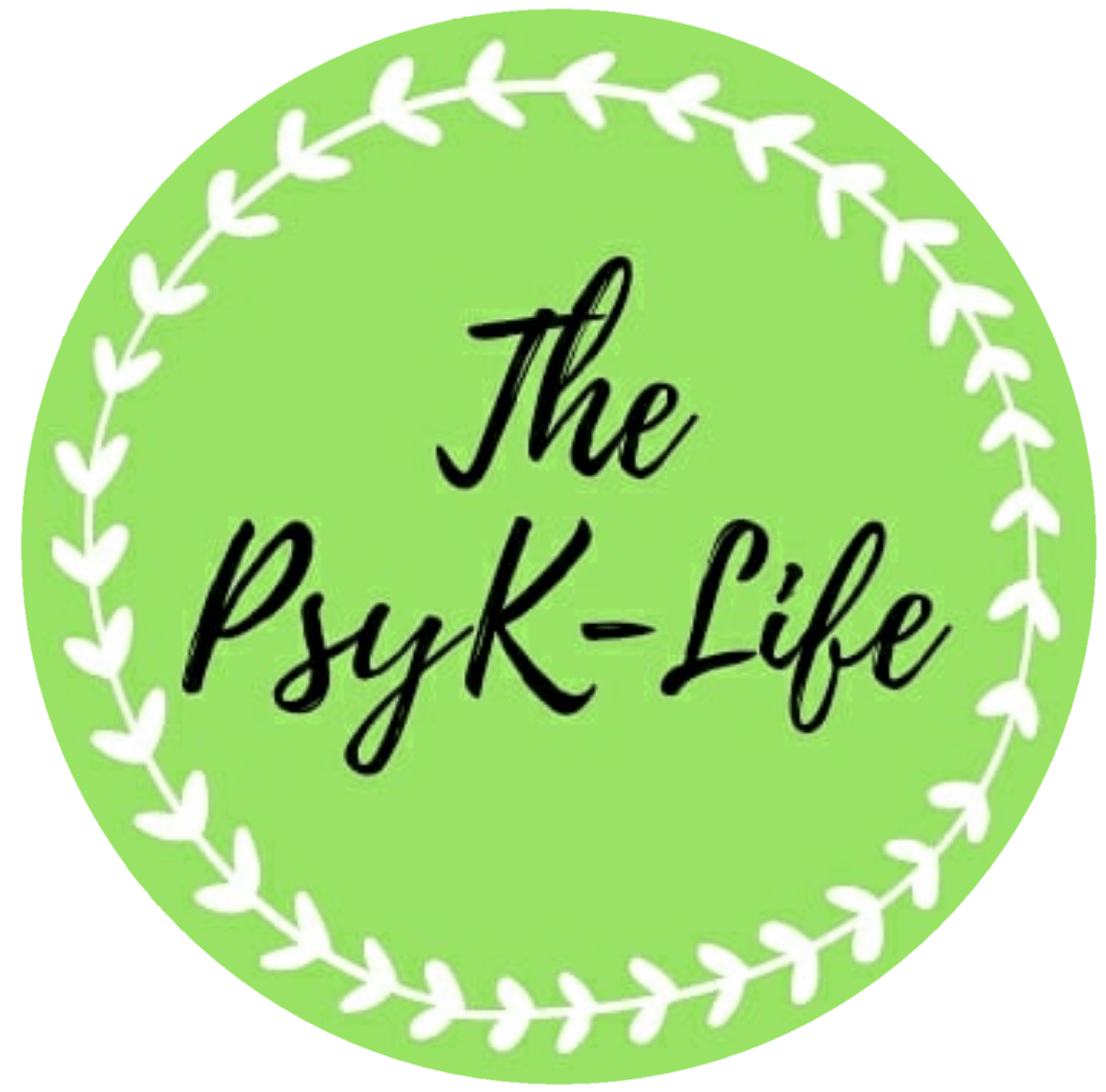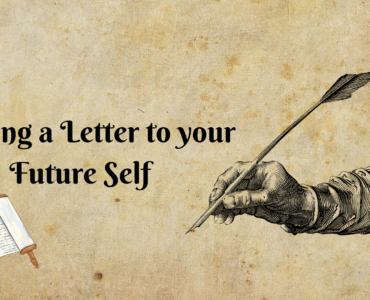A rock pile ceases to be a rock pile the moment a single man contemplates
it, bearing within him the image of a cathedral.” – Antoine de Saint-Exupery.
Have you ever been cloud gazing and assigned various shapes or meanings to
a meaningless cloud? We humans have the capability to transform even the
most mundane things into expressive masterpieces. Found object art is the
practice of repurposing an object often utilitarian, manufactured or naturally
occurring that has not been designed for artistic purpose to create an art
piece. Found Object artwork took a radical and outrageous approach in
challenging society’s conceptions of the meaning of art. Yet it also indicates
the ability of humans to find meaning in even mundane objects.

Found object art continues to be a vital part of contemporary art. Artists such
as Damien Hirst and Jeff Koons have used everyday objects to create
sculptures and installations, usually stressing their economic and cultural
relevance. Ai Weiwei and Kara Walker, for instance, have made use of found
objects to explore issues of social justice, race, and identity.
Turning mundane objects into masterpieces is a creative process that involves transforming everyday items or materials into something aesthetically pleasing, thought-provoking, or meaningful. This concept is often associated with various forms of art, design, and craftsmanship.
Three guiding principles influenced the shift from traditional art to the
formation of Found Object Artwork.
1.Creativity was enhanced not with the help of the personal creation of a
new image, but instead through the act of choosing an object.
2. The second element of creativity that was introduced with this type of
art was in the act of labelling it as art, which was seen to nullify the
meaning or functionality of the object as it was understood in its usual
context. Cancel the object’s familiar purpose by presenting it as a work
of art.
3.Finally, the artwork transcended the realms of normality and made the
transition into its title as a “work of art” by having a unique title
ascribed to it, which often elevated the object to having a new meaning
independent of its original meaning.
Found Object Art and Art therapy:
Found object art facilitates the therapeutic process by providing a space to
explore, be in touch with, and play with fragmented and affect-loaded
memories that need to be recognized and rejoined.
There are four integral aspects to understanding how it facilitates the
therapeutic process:
● Freedom From Aesthetic Tradition: This aspect, freedom from aesthetic
tradition, drawn from the evolution of readymade, is a valuable feature
of the therapeutic context. This may ease the task for clients, in contrast to creating conventional art like drawing and sculpting that might elicit
self-criticism and judgment (Magides, Shalev, Trismann, Koren, &
Piven, 2009). Creating readymade art may encourage clients to be
freely engaged with the found object materials and to express their
subjective experience. In addition, it may enable the freedom to act in
the face of some conventions. In other words, readymade can be a
powerful private protest in the face of self and relational constraints in
the therapeutic setting.
● Use Of Real Objects As The Raw Material For Artwork: The artist
actually transfigures these real objects into works of art by changing
their location, which implies that we see them out of their context, thus
changing our attitude toward them. Conceptualized psychoanalytically,
readymade brings the real into the potential space (Winnicott, 1971)
and the real into the status of a symbol. The use of real objects as
symbols might reduce the distance between the art and the real.
● Integrating Objects/materials: The third central aspect of found
objects/readymade’s therapeutic potential has to do with integrating
objects/materials, some seemingly unrelated and some integrated by
coincidence. The artist Richard Wentworth, for example, deals in his
readymade with bizarre coincidences as well as with the juxtaposition
of materials and found objects that do not belong together. Man Ray
stated that the creative act rests on the coupling of different features to
produce an artwork. Duchamp saw coincidence as the basis of
readymade, the only way to avoid the control of the rational, a real
expression of the subconscious. The integration of mental aspects that
had been split as a consequence of traumatic events, and thus became
“unrelated,” is a therapeutic endeavour in the treatment of trauma
through art therapy. In regards to coincidence, many events of trauma
and loss have an accidental element, demonstrating our inability to
control our fate.
● Playfulness and Humour: The fourth and last therapeutic aspect of
found object/readymade is playfulness and the humour it may invite.
Some found objects/readymade artists have expressed playfulness and
humour while creating readymades. According to Erikson, play can be
seen as the most natural self-healing measure childhood affords. As
synthesis and integration are essential in the treatment of trauma and
loss, play, as embedded within the readymade medium, may have a
vital therapeutic role.
Here are some ways to approach this creative endeavor:

- Repurposing and Upcycling: Take ordinary objects that are no longer in use or considered trash and give them a new purpose. For example, turning old wooden pallets into stylish furniture or transforming discarded glass bottles into decorative vases.
- Artistic Expression: Use your artistic skills to embellish mundane objects with intricate designs, patterns, or paintings. This can include customizing plain clothing with unique hand-painted designs or decorating plain ceramics with intricate glazes.
- Collage and Assemblage: Combine various found objects or materials to create three-dimensional artworks. Assemblage art often involves arranging and gluing together different items to form a cohesive composition.
- Sculpture: Sculptors often use ordinary materials like wood, metal, or stone to craft intricate sculptures that evoke emotions or ideas. The transformation of raw materials into a meaningful piece of art is a hallmark of sculpture.
- Photography: Photography can turn mundane scenes or objects into captivating images. Experiment with lighting, angles, and composition to capture the beauty and uniqueness of everyday things.
- Found Object Art: Artists often use found objects (random items from everyday life) as the basis for their creations. This can involve arranging these objects in a way that gives them new meaning or symbolism.
- Installation Art: Create immersive environments or installations using everyday materials. These installations can evoke powerful emotions and thoughts through their arrangement and use of space.
- Environmental Art: Work with the natural environment or found objects in outdoor spaces to create site-specific art that interacts with the surroundings.
- Interactive Art: Incorporate technology or user interaction into your creations. This can turn mundane objects into dynamic and engaging installations or experiences.
13.Textile Art: Use fabrics and textiles to create intricate tapestries, quilts, or textile sculptures. This can involve techniques like embroidery, weaving, or fabric painting to elevate everyday fabrics into works of art.

18.Glass Art: Glassblowing, stained glass, and fused glass techniques can turn ordinary glass into stunning works of art, such as colorful glass sculptures, intricate stained glass windows, or decorative glassware.
Remember that the transformation of mundane objects into masterpieces often involves a deep understanding of the materials and techniques you’re using, as well as a strong sense of creativity and artistic vision. Whether you’re working with physical or digital media, the possibilities for creating art from the ordinary are endless.

Found art is a perfect example of how the human mind is limitless and can
find meaning and significance in even everyday items. Found object art is an
innovative and simple way of creating art for even people who are starting
out, but do not know how to express themselves. By using everyday objects
as works of art, we can challenge traditional ideas about creativity,
authorship, and the nature of art itself.
By- Kopal Rawat




